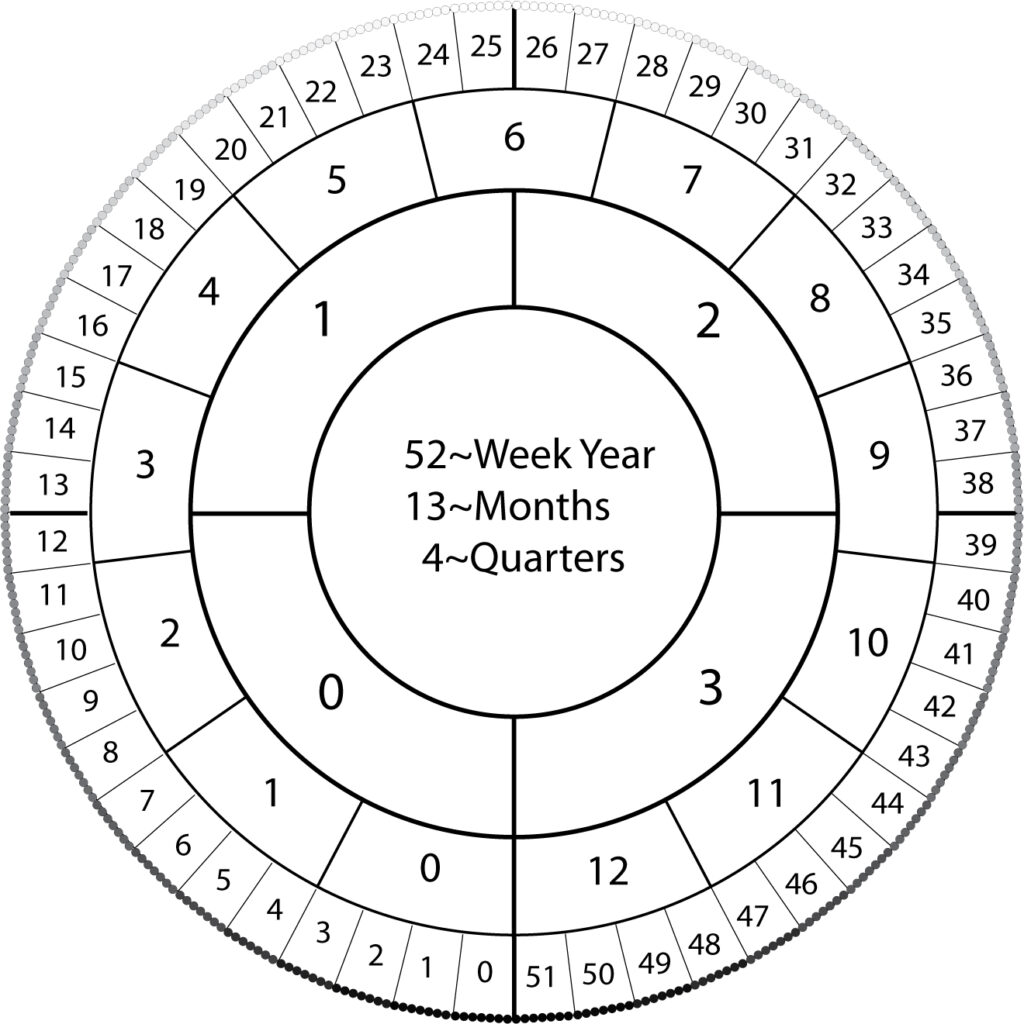The Gregorian calendar is the calendar system most widely used today. It was introduced by Pope Gregory XIII in 1582 as a reform of the Julian calendar. The main difference between the Gregorian and Julian calendars is the way leap years are calculated. In the Gregorian calendar, a leap year is every year that is exactly divisible by 4, except for years that are exactly divisible by 100 but not by 400. This adjustment was made to more closely align the calendar year with the solar year, making it more accurate.
The Julian calendar was introduced by Julius Caesar in 45 BC and served as the predominant calendar system in the Western world for over 1600 years. In the Julian calendar, a leap year occurs every four years, without exception. This led to a discrepancy between the calendar year and the solar year, resulting in the need for the Gregorian calendar reform.
Gregorian Julian Calendar Difference
Key Differences
One of the key differences between the Gregorian and Julian calendars is the way leap years are calculated. While the Julian calendar adds a leap day every four years, the Gregorian calendar has a more complex rule to determine leap years. This adjustment makes the Gregorian calendar more accurate in tracking the solar year, reducing the margin of error over time.
Another significant difference is the start of the calendar year. In the Julian calendar, the year begins on January 1st, while the Gregorian calendar also starts on January 1st but includes additional rules for determining leap years and adjusting the calendar to align more closely with the solar year.
